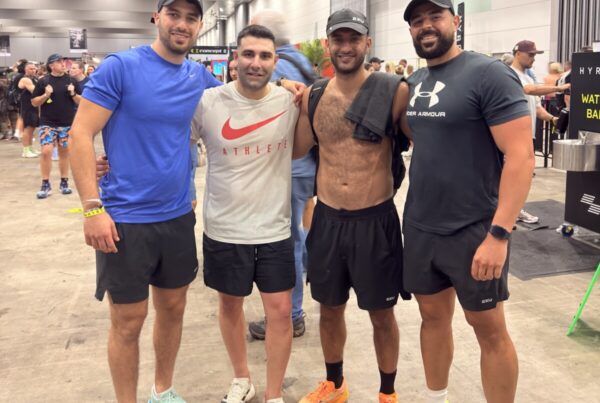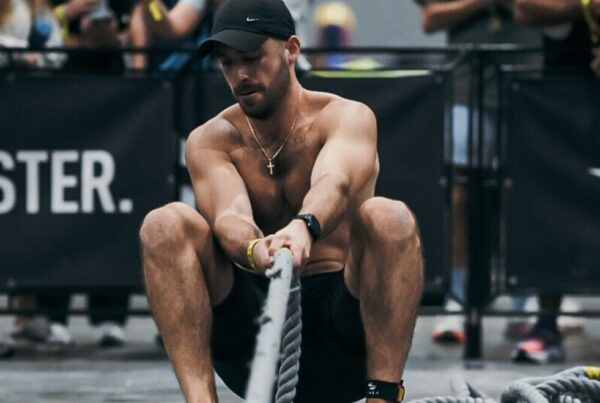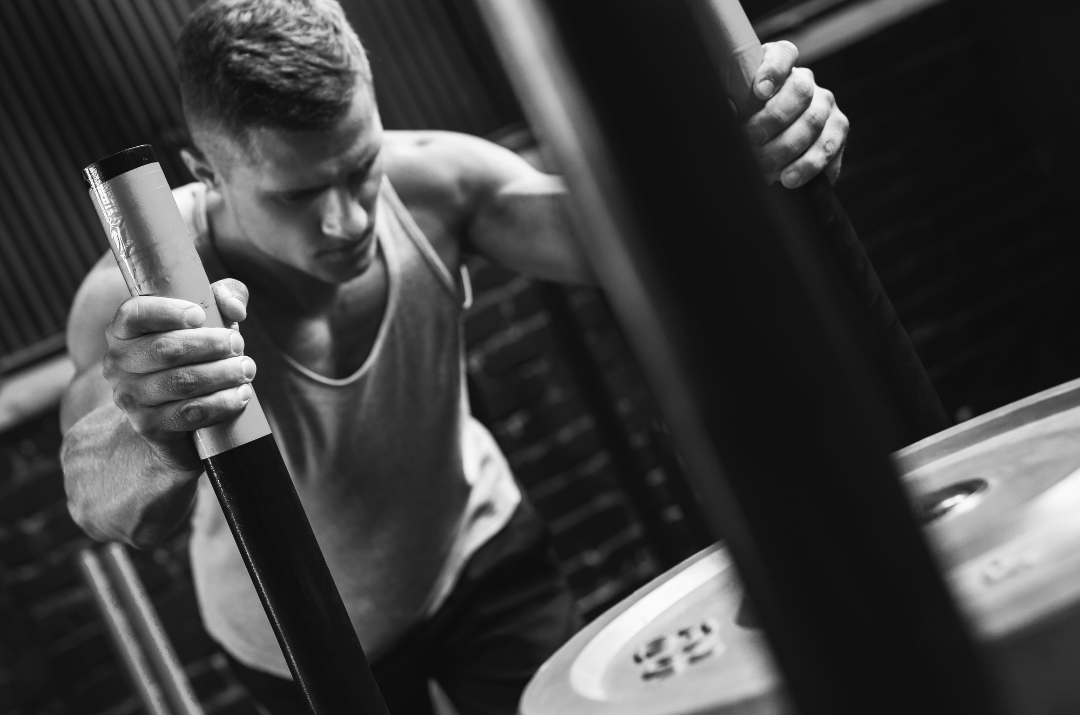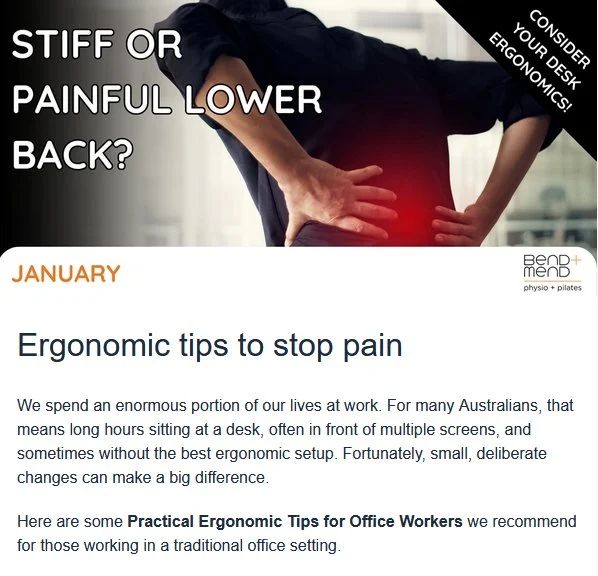Lower back pain is one of the most common complaints a physiotherapist will hear in the clinic. It can affect people of all ages and backgrounds and is something everyone will experience at some point in their life. Lower back pain can be debilitating and significantly affect one’s quality of life, making everyday activities such as bending, sitting or walking difficult and uncomfortable.
What are the different types of lower back pain Physio can help with?
- Acute lower back pain
- Chronic lower back pain
- Sciatica (referred leg pain)
- Disc related back pain
- Joint pain
- Muscular pain
- Ligament sprains
Physiotherapy for Back Pain
Research consistently demonstrates that physiotherapy is an effective, first-line treatment for lower back pain. Evidence supports the use of exercise-based therapy, education and manual techniques to reduce pain, improve function, and prevent further episodes. It indicates that early physiotherapy intervention can aid in decreasing the likelihood of developing chronic back pain, and reduce the need for medication, imaging, and invasive procedures.
The field of physiotherapy is continually evolving as new research and clinical evidence comes to light. Due to this, there can be delays in translating the latest treatments into practice. Health authorities have established that 28% of lower back pain care in Australia is not consistent with best-practice recommendations. This statistic is not specific to physiotherapists; however, other surveys have demonstrated that some physiotherapists deviate from the recommended guidelines.
Why see a Bend + Mend Physiotherapist?
The Physiotherapists here at Bend + Mend are invested in you and your goals. All our principal Physio’s are Postgraduate Titled Physiotherapists which means they are Masters trained in Musculoskeletal Physiotherapy.
Our whole team undergo comprehensive ongoing training in manual therapy and the management of complex conditions. As a team, we bring extensive experience in successfully treating lower back pain. It’s not a one size fits all approach.
We take a personalised, evidence-based approach, focusing not just on relieving your symptoms, but identifying and addressing the underlying cause.
We also have a fully-equipped Pilates studio to cater for all your rehab needs from acute sudden back pain to chronic conditions that need supervised exercise therapy with a trained Physio.
Our central Sydney CBD location make sit easy for you to come on your way to and from work, or during your lunch break and we will always do our best to find a time that works for your schedule.
In your consultation you can expect the following:
- Detailed physical assessment and discussion to understand the root cause of your lower back pain, guide treatment and develop goals
- Education and advice: providing clients with the tools and knowledge for long term management of lower back pain
- Pain relief techniques: Utilising treatment methods like manual therapy, dry needling, and exercise therapy to relieve pain
- Tailored exercise programs: focused exercises to improve spinal stability and overall strength
Tips to stay out of pain
If you have low back pain we recommend you see a Physiotherapist early on to guide you in the right treatment. There are many different types of low back pain! The right approach requires a thorough assessment. Of course there are also ways in which you can prevent pain in the first place:
- Stay active
Avoid leading a sedentary lifestyle. Regular movement – such as walking, weight training, and Pilates helps to improve flexibility and strengthens the muscles that support your spine. Consistent exercise is one of the most effective ways to prevent lower back pain and maintain overall health.
- Posture
Whether sitting or standing, posture plays a crucial role in spinal health. Poor posture can strain your back muscles, causing pain and discomfort. Staying in the same positions for long periods, especially in a poorly designed workspace can make it worse.
Tip: set up your desk ergonomically and take regular breaks to move or stretch.
- Listen to your body
Your body gives early warning signs. If your back is feeling sore, stiff and tight, that’s a cue to move, change positions, or avoid what you are doing. Ignoring these early signs can lead to more serious pain or injury over time.
- Other lifestyle factors
- Sleep: prioritize quality sleep for proper recovery and muscle repair
- Hydrate: stay well-hydrated to support spinal disc health and overall function
- Stress management: chronic stress can lead to muscle tension and exacerbate back pain.
FAQs:
Is back pain common?
- On a global scale, 19 million people were affected by lower back pain that is estimated to increase to 843 million cases by 2050. That’s a 36% increase.
- In Australia 70-90% of the population are expected to experience low back pain at some point in their lifetime.
Is it safe to exercise with back pain?
Yes! In most cases, exercise is one of the most effective ways to manage and prevent lower back pain. It helps strengthen the muscles that support your spine. There is the misconception that rest is believed to be the best for back pain, however, movement is important and can be better than sitting still. It is important to avoid jumping straight into intense exercise or overloading too quickly, especially if you are new to exercise and strength training. Graded exposure to strengthening through a rehabilitation program under the guidance of a physiotherapist is recommended.
What are the symptoms of lower back pain?
- Dull ache and/or sharp pain
- Pain localised to the lower back, or radiating down lower extremities
- Tingling and/or numbness of lower extremities
- Difficulties with sitting, standing or walking
- Increased pain with lifting and bending
Lower back pain can be managed effectively with the right physiotherapy approach. By addressing the root cause, gradually progressing exercise, and making necessary lifestyle adjustments, you can significantly reduce the pain and prevent it from returning.
Don’t wait, start your recovery today with the help of the professionals at Bend + Mend.





